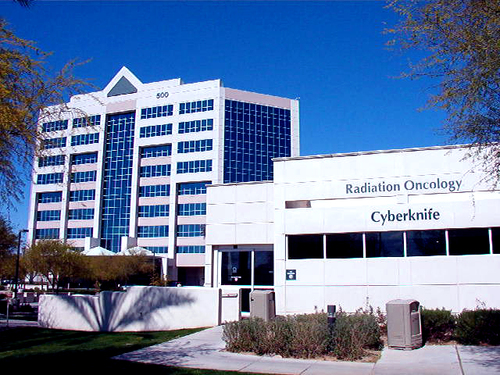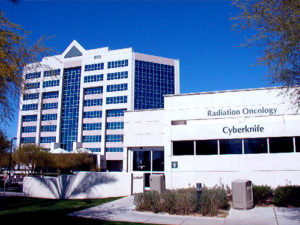Hospital industry in China
Thanks to the market demand stimulus and stable influx of national investment, Chinese hospital industry has maintained stable growth in recent years. By March 2013, China had a total of 23,510 hospitals; 13,344 are state-owned hospitals and 10,166 private-owned hospitals with an AAGR of 14.69% compared to 2012. In particular, the proportion of private-owned hospitals grew from 39.60% (2012) to 43.24% (2013).
The rise of private owned hospital in China
There are two main trends in Chinese hospital industry. First, as said previously, the proportion of private-owned hospitals is rising. Second, the service quality of private-owned hospitals has been significantly enhanced. In the first quarter of 2013, the number of patients to private-owned hospitals reached almost half of the total patient in China.
Beijing wants to favor hospital industry in China
In recent years, Chinese government has released a series of favorable policies to boost the reform of public hospitals, absorbing social capitals into hospital industry. This move has led to great development of investment operation mode of Chinese hospital industry. Since 2010, private-owned hospitals such as Hong Kong Phoenix International Investment Group, YMCI, SL PHARM, Xi’an Kaiyuan Investment Group Company Limited and Jinling Pharmaceutical Company Limited have been restructured through trusteeship and acquisition by public hospitals.
China’s fast-moving healthcare sector is more attractive than ever for foreign investors, as the government has committed to relaxing ownership requirements. Foreign enterprises have been running their business in China via joint business, joint stock and joint venture, targeting to Chinese mid- to top-grade market. In the past, a healthcare provider needed a minimum of 30% Chinese ownership. But now, a 100% ownership is allowed for investors from Hong Kong, Macao, and Taiwan. Other foreign investors can participate as well but are subject to different local standards, such as 90% foreign ownership permitted in Chengdu.
Creating opportunities in Hospital market in China
Sales of Chinese and Western medicines and pharmaceuticals are the greatest source of revenue for hospitals in China at an estimated 40% of industry revenue in 2013. In comparison, the cost of medicines in most foreign-funded hospitals in China makes up only 7.0% to 8.0% of total revenue. Hospital doctors often prescribe higher-priced medicines to be purchased at the treating hospital, which increases the hospital’s revenue.
Chinese government`s improvement of healthcare infrastructure is creating vast opportunities for the private sector. It is believed that by addressing the growing healthcare needs of middle and upper-class Chinese, privatizing could potentially raise the care standards. The government hopes its openness to foreign investment will create new competition between public and private facilities. China is also looking forward to increasing consumer spending power, with streamlined hospital processes and new international, improved healthcare standards. Hospitals, especially high-end hospitals, must find the right model to succeed while considering risk, the investment location, and its skills and expertise. Providers have to study the intricacies of the market, considering different politics and dynamics in each geographical market. Picking the right partner is also a crucial question. It is important to select partners with similar culture, vision and timelines to execute plans, as well as to set clear roles and responsibilities.
See also : business consulting in China / The telegraph / BBC

















